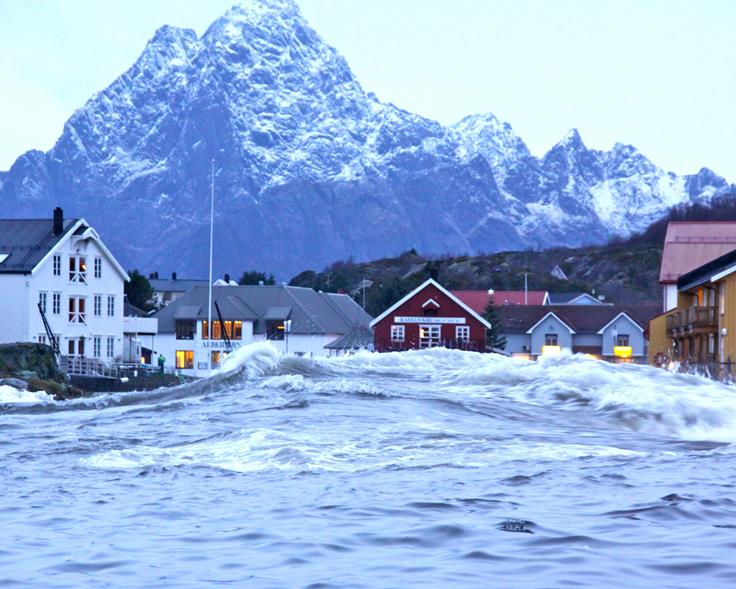More About Tides and Water Level
The water level at a certain place is the sum of the astronomical tide and the weather’s effect on the water level. Globally, semi-diurnal tides are most common, meaning two high and low tides each day. The Norwegian Mapping Authority’s Hydrographic Service operates a network of 24 permanent tide gauges distributed along the Norwegian coast.


The mail has been sent!